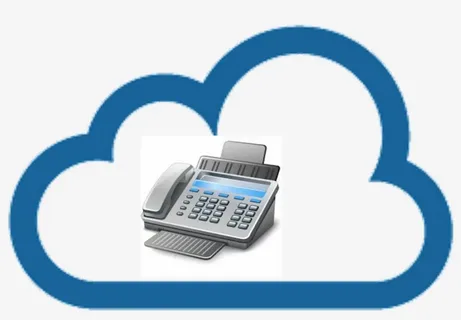How to Choose the Right EHS Software for Your Business
Running a business comes with a lot of responsibilities, and one of the most important is keeping your employees safe. You already know how stressful it can be to manage health, safety, and environmental compliance while also trying to grow your company. If you’re relying on spreadsheets or scattered records, things can easily slip through the cracks
This is where software tools can make a big difference. By using a program designed to handle environmental, health, and safety tasks, you can save time, improve accuracy, and create a stronger culture of safety in your workplace. The key, however, is choosing the right one for your business. Not all programs are created equal, and if you don’t pick carefully, you could end up with something too complex or not useful enough.
1. Understand What EHS Software Can Do
Before you start comparing options, it’s important to know what EHS software is and how it works. At its core, it helps you manage health, safety, and environmental requirements in one place.
Understanding these basics helps you set realistic expectations. You’ll know whether you need a simple program that covers the essentials or a more advanced one with analytics, dashboards, and mobile access for workers in the field.
2. Think About Your Business Size and Needs
Every business is different, and the software that works for a large manufacturing company may not be right for a small office. Start by asking yourself what challenges you face the most. Maybe you struggle with keeping up-to-date records for inspections, or maybe reporting accidents is slow and unorganized.
If you run a small business, you may want something easy to set up and use without a big learning curve. On the other hand, if you operate across multiple locations, you might need a program that allows collaboration, handles large amounts of data, and supports different teams.
3. Check for Ease of Use and Support
Even the most advanced program won’t help if your employees find it too confusing. Look for software that has a simple, clear design that your team can understand quickly. A good program should make it easy to enter data, pull reports, and access information without hours of training.
Support also plays a big role. Ask about customer service, training options, and whether the provider offers regular updates. If you ever run into problems, you’ll want to know that help is just a call or email away.
4. nMake Sure It Can Grow With You
Your business today may not look the same in five years. As you expand, add new employees, or open new locations, your software should be able to grow too. Look for a solution that offers flexibility, whether that means adding new users, upgrading to advanced features, or integrating with other tools you already use.
Scalable software saves you from having to switch systems later, which can be costly and disruptive. By planning, you ensure that your investment will serve you well in the long run.
5. Compare Costs and Value
Finally, while price is always a factor, don’t just go for the cheapest option. Think about what the program will give you in return. A slightly higher cost may be worth it if the software helps prevent accidents, avoid fines, or save hours of work each week.
Compare what’s included in the price, like support, training, or updates so you’re not surprised by hidden costs later. The goal is to find software that gives you the best balance of affordability, useful features, and long-term reliability.







